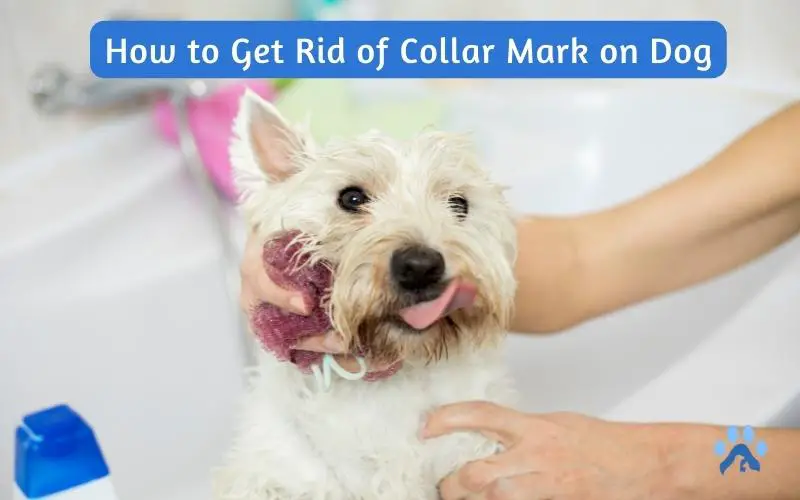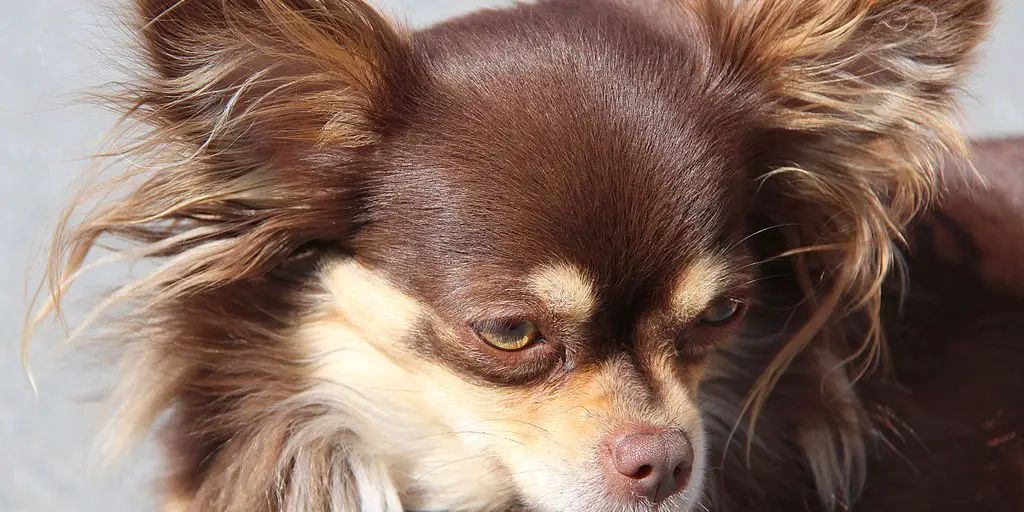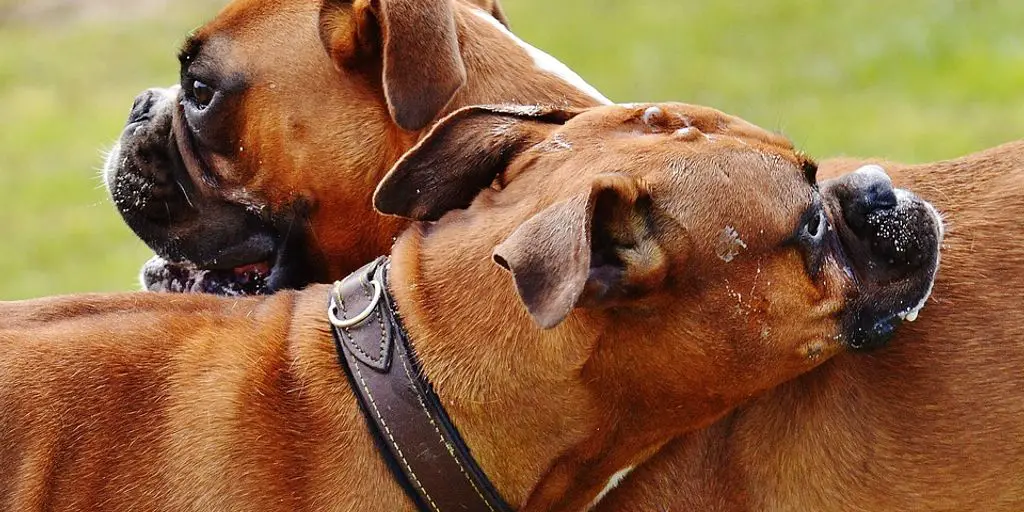A collar mark on your dog’s neck can be an unsightly nuisance. It can make your pup look unkempt and be an uncomfortable annoyance for your puppy.
Fortunately, getting rid of a collar mark is relatively easy. All you have to do is ensure that the collar is the proper size—neither too tight nor even too slack.
Also, ensure that the collar is made of breathable material and cleaned regularly. Plus, there are some other techniques that you should focus on.
In this article, we will cover the step-by-step process for how to get rid of collar mark on dog so that you can ensure the utmost comfort to your pup in terms of physical health.
We’ll also go into more detail on the techniques that work best for removing collar marks, as well as supplies that can help to prevent collar marks from occurring in the first place.
With these tips, you and your pup can say goodbye to collar marks for good! So, without further ado, let’s get started.
How to Get Rid of Collar Mark on Dog – A Complete Guideline
If your dog has been wearing a collar for a while, chances are they have developed a mark around the neck. This is a collar line, which can make your pet uncomfortable and ugly.
However, several methods can be applied to ensure your dog’s coat stays healthy and free of any unsightly marks.
- First and foremost, choosing a collar that is the right size for your dog is essential. A too-tight collar can cause friction and lead to collar marks. So leave enough room for two fingers to fit between the collar and your dog’s neck.
- You may also let your dog’s fur grow naturally. As the hair grows, the mark will disappear along with it.
- Another option is to apply a specialized anti-collar mark cream, soothing ointment, or spray. These products can help create a barrier between the collar and your dog’s skin, preventing friction and helping to heal any existing damage.
- Also, get a humidifier in your home to help moisturize your dog’s skin or get different collars that suit your pet best.
- Finally, regularly clean and condition your dog’s skin and fur. Friction injury is less likely to occur on healthy skin. Thus, keeping it clean and well-nourished will go a long way in preventing collar marks.
How to Remove Collar Stains from White Dog Fur?
If your white dog’s fur is looking a bit dingy, it may be time to give it a good cleaning. But before you reach for the shampoo, there’s one crucial step you need to take care of: removing any collar stains.
Fortunately, there are a few quick techniques to eliminate those bothersome collar stains.
Use a pre-treater: Treat the stained areas with a pre-treatment solution before you shampoo your dog. The stains will be easier to remove as a result of this helping to break them down.
Shampoo twice: Be sure to shampoo your dog twice during the bath. The first shampoo will help loosen the dirt and grime, while the second will clean the fur.
So, lather up well and let the shampoo or conditioner sit on the fur for a few minutes before rinsing off.
If the collar stain is still visible after a shampoo wash, you can try using a dab of toothpaste on a cotton ball to scrub away the stain gently. Avoid using too much toothpaste since it can harm the fur.
Rinse well: Ensure you rinse your dog’s fur thoroughly after shampooing. Use a soft brush to remove the hair’s shampoo and loosen any dirt or grime that may be stuck there. Bear in mind that any soap residue left behind can cause more staining.
Brush out: Once your dog is dry, brush out the fur to help remove any remaining dirt or grime. A good brushing will also help keep the fur looking smooth and lustrous.
Adding a stain remover specifically designed for pet fur can also help to eliminate stubborn stains. And once they’re gone, you’ll be able to enjoy your pup’s beautiful coat in all its glory!
Collar Marks and Rashes – Are They Connected?
Collar marks and rashes are often thought to be connected. However, this is not always the case.
Your dog can develop a collar mark without developing a rash. Conversely, it is also possible for your dog to develop a rash without developing a collar mark.
Collar marks are caused by the friction of the collar against the dog’s skin. This may occur if the dog has delicate skin or the collar is overly tight.
On the other hand, rashes can be caused by several things, including allergies, infection, and even hot spots.
How to Cure Rashes on a Dog’s Neck?
If your dog is experiencing a rash on its neck due to the collar, the first step is identifying the cause. It can be because of an allergic reaction to the fabric or because it fits too tightly.
Eliminating the allergen source is crucial if an allergic reaction results in a rash. In that case, you may switch to a collar made of material that is not irritating to your pet.
After switching to the appropriate collar, bathe the affected area with a mild soap or shampoo designed specifically for pets, being careful to avoid the eyes, nose, and mouth.
Then, dry the area with a warm, clean towel and apply a soothing ointment, such as petroleum jelly or an antibiotic cream.
Use a soft collar to protect the area from excessive scratching or licking to prevent further irritation.
Lastly, monitor your pet for any signs of infection. Make an appointment with a veterinarian for additional guidance and treatment options if the rash does not disappear in a few days.
Conclusion
To summarize, “How to get rid of collar mark on dog?” With some extra caution, it is easily avoidable. The secret is to be proactive and utilize suitable cleaning materials and techniques.
However, if you notice any signs of infection, you must take your dog to the vet for treatment.
You can also ensure their overall health and comfort by taking preventative measures and regularly checking your dog’s neck.
Frequently Asked Questions
Is it normal for dogs to lose hair around their collar?
Yes, it is perfectly normal for dogs to lose hair around their collar. When the fur rubs against the collar, it can cause friction, which leads to hair loss.
Additionally, the collar can cause hair to be pulled out, resulting in bald spots.
However, it is essential to take special care when grooming your dog to ensure its hair does not become matted or tangled.
Regular brushing, bathing, and trimming can help keep the fur around the collar area healthy and debris-free.
How do you treat collar sores?
It is essential to monitor the dog’s collar area regularly to prevent and treat collar sores. If a collar sore is detected, the collar should be removed, and the area should be cleaned and dried thoroughly.
Any crusty or scabbed areas should be gently removed with a damp cloth, with care not to irritate the sore further. To aid in the healing process, a light coating of antibiotic ointment can be put on the skin.
If the collar sore persists for more than a few days, an appointment with a veterinarian should be made to ensure no infection.
Why is my dog’s neck red from the collar?
Your dog’s neck may appear to be red from the collar due to a variety of reasons.
It could be caused by an allergic reaction to the collar material, an infection due to excessive scratching, or even an underlying medical condition.
In some cases, the redness could be caused by the pressure of the collar itself, leading to irritation.
However, taking your dog to the vet for a checkup is imperative if the redness continues. The vet can assess the cause of the redness and recommend a suitable course of action.
Can dog collars cause skin problems?
When worn for an extended period, dog collars can cause skin problems in animals.
This is typically due to prolonged contact with the animal’s skin, leading to irritation, chafing, or infection.
Occasionally, allergic issues can happen depending on the collar’s material.
What can I put on my dog’s bare neck?
There are various products available when it comes to caring for your dog’s bare neck.
Depending on the severity of the skin irritation, you may want to consider topical products such as a medicated ointment, lotion, or spray.
These products often contain aloe vera and essential oils, which can help soothe skin irritation.
Additionally, several collar options can protect the skin from further irritation. If your dog has existing skin allergies, you may want to opt for a hypoallergenic collar made from organic materials.
For severe cases, antibiotics may be required to promote healing. Ultimately, you should consult your veterinarian for the best treatment for your pet.



